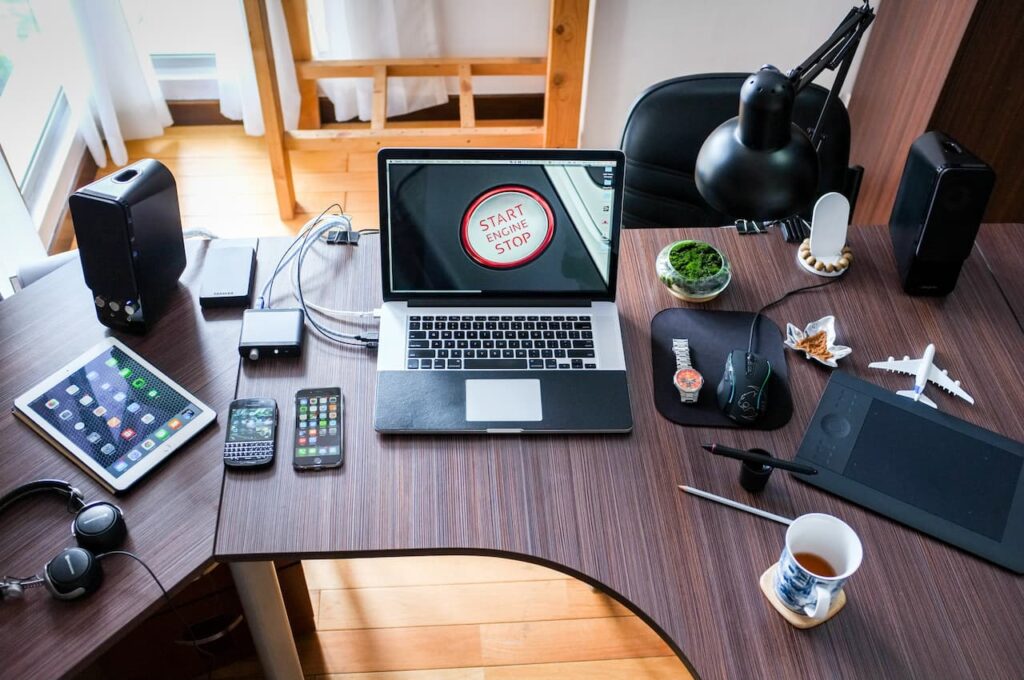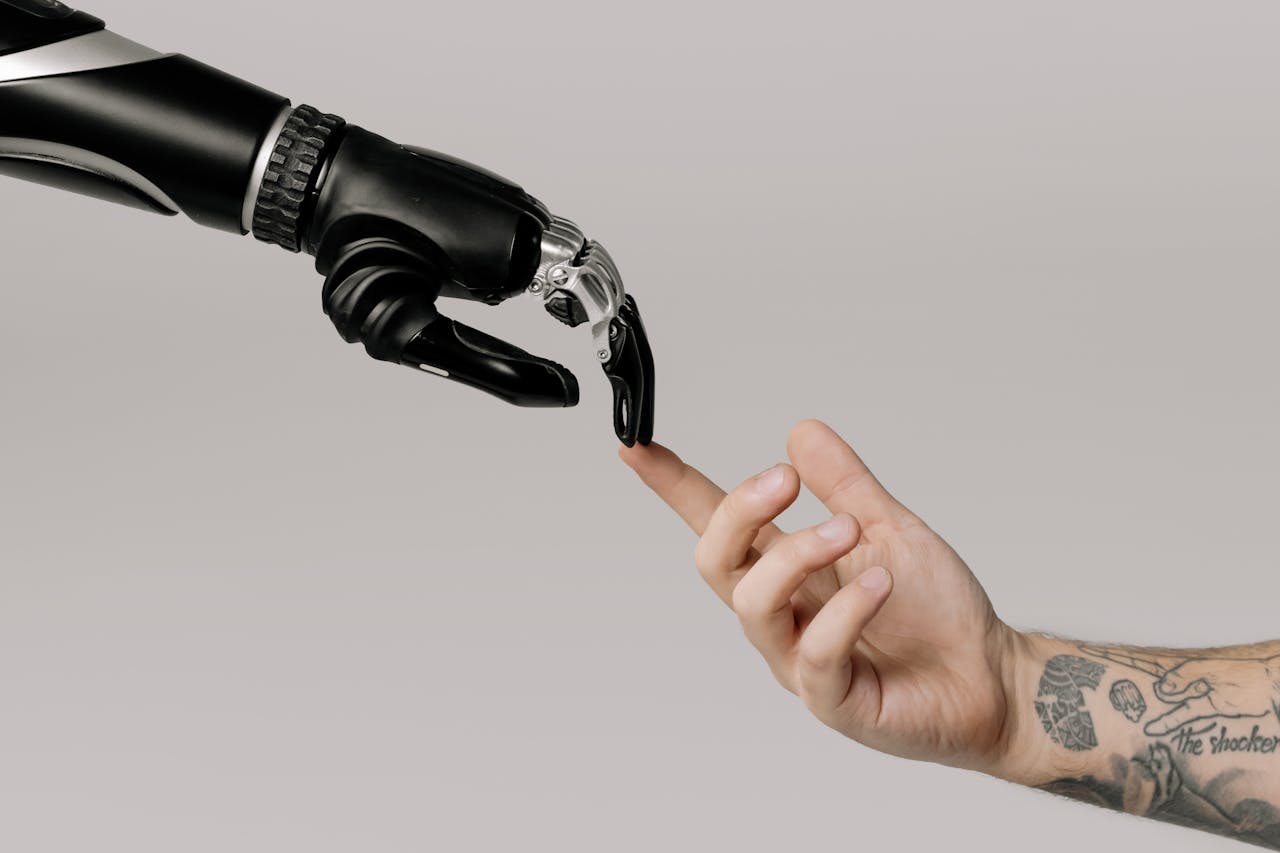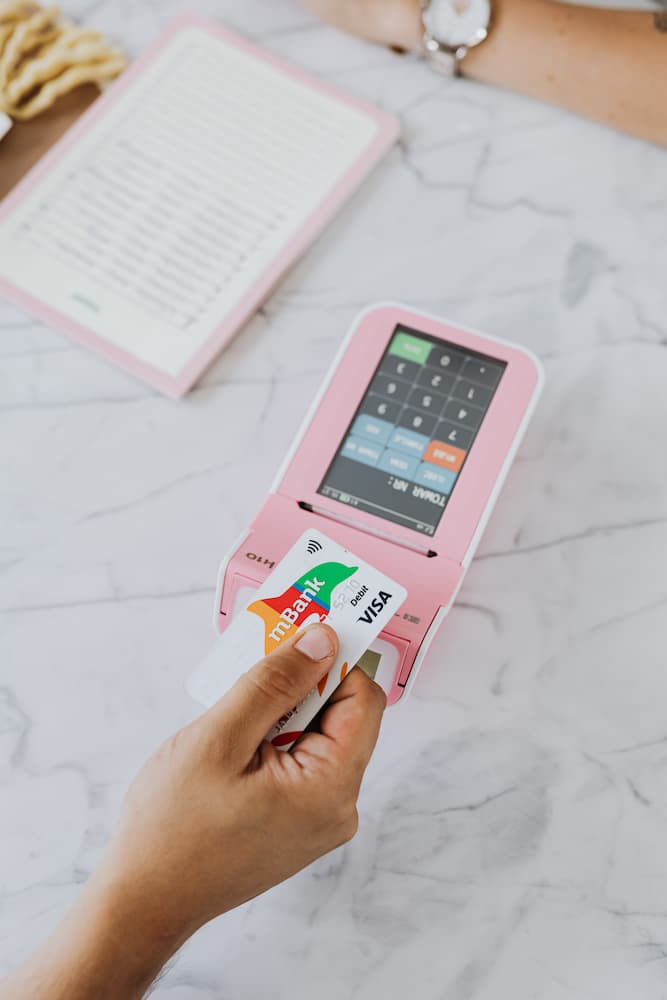Let’s talk a little about the path of smartphones? These devices have fallen to the taste of the world consumer and go a long way to reach our hands.
They are so important that Fundação Getulio Vargas estimated that, by the end of 2017, there would be a smartphone for every person in the Brazilian market . This, however, is only possible thanks to modern and efficient logistics that operate in all stages of its production.
The processes and logistical routines begin even before the assembly of this item and, from the design of the device to delivery to the final consumer, a lot happens.
For you to understand this journey, we prepared this post. We will be able to follow the smartphone in all its phases and processes, until it reaches the pocket of a Brazilian consumer who is already planning to acquire a modern and useful device for their daily lives.
Do you want to know this way? If you are curious and want to know a little about smartphone logistics, learn about best practices in the area and become a more qualified and up-to-date professional, be sure to follow the topics below!
The creation and development of smartphone design
Our journey begins with the work of designers. Our newest smartphone model does not yet exist, but the company is already starting to research, analyze competitors in the market and the features that the contemporary consumer needs and would like to see in a device.
Remembering that making the production cost lower than the selling cost is essential and significantly affects business profit. In fact, it needs to have a competitive value and, at this point, one should think of strategies to reduce costs in the production phase.
Thus, what seemed to be just a concept for the future is turned into reality, and the smartphone begins to take shape.
With that, a touchscreen is inserted, resistant to scratches and, who knows, in 3D. Then it develops a more powerful battery and a feature that automatically saves energy when the device is close to discharging.
In addition, they are thinking of allowing the device to be fully compatible with the concept of the internet of things, adding features that allow you to turn on the television, turn off the lights at home and even issue commands for the operation of your car.
Anyway, for the smartphone to be created, developers work hard. There are countless hours of research, testing and prototyping. All this, of course, demands fast and efficient logistics , after all, time is a decisive factor for the launch of a new product on the market.

The search for the ideal partners
No company survives without partners, right? Obviously, to produce a smartphone device, the company will need to find good suppliers, be it technology, processors, memory, cameras, packaging or transport.
A lot of people don’t even know, but the most famous companies in this segment do not produce all the features found in the devices. Most of them are obtained from partners who have the experience and cutting edge technology to do so.
In this way, managers start to make contacts and quotes, research the product and service offered in each company and look for those that offer quality, innovation and a competitive price. It is important to note that this is not a simple step, as there are many companies on the market to analyze.
In the case of a top-of-the-line device, with numerous features, it is common to draw up a contract with suppliers that guarantees the delivery of technologies until the beginning of production. Therefore, having strategic relationships with suppliers is one of the main sources of value creation for manufacturers.
Prototype assembly
We advanced to the next phase and arrived at the moment of assembling a prototype to carry out tests. Thus, after having it in hand, the verification of the functioning of the idealized resources begins.
Remembering that we are not referring to quality tests, since the focus here is still on checking if the project is adequate and ready to move forward.
Imagine that, during testing, you notice that the scratch-resistant screen is not that efficient. In this case, it will be necessary to go back to the previous stages and look for a new supplier, for example
With that, after passing through this phase successfully, the device goes on to be registered in the market. In our country, Anatel is responsible for determining and checking if the model meets its requirements and, therefore, can be marketed in Brazil.
The production of the smartphone
After all this work, the company finally starts putting the project into practice. Thus, we move on to the production phase, in which logistics and all its techniques are even more fundamental.
At the factory, logistics and production managers carry out the planning and start executing numerous processes that will lead to the final product. That’s because the manufacture of a device like this involves much more than idealizing and assembling it.
The manufacturer’s logistics must be impeccable, since, in addition to the product concept, this is one of its biggest responsibilities. The duty to add value to the item, through the collection and installation of components, design, exclusive resources, stock, distribution, quality tests and after-sales are just a few examples of how fundamental logistics processes are.
So far, numerous actions have been carried out, but production is responsible for assembling the product on a large scale and preparing stocks for launch and sale to the final consumer.
On a visit to the production line, it is possible to perceive the use of numerous technological resources. Automation is, in fact, one of the most used strategies, as it reduces complications, increases the agility of the process and minimizes the chances of errors .
It is interesting to note that, in Brazil, most smartphone production chains are located in Manaus and, as mentioned, they receive the components from their partners, that is, none of them are actually manufactured there.
Robots and equipment are used to position welds exactly. Then the plate is driven to an oven, so that the heat completely sets the chips, connections, sensors and all other items.
Following the production line, the other items are coupled, such as the screen and the housing. In this way, little by little, those small items are joined together to form the smartphone we use in our daily lives.
The quality testing phase
Everything is almost ready, but before packing and sending the product to be organized in stock, it is necessary to check if it is working properly.
During these tests, the smartphone is powered on through an operating system that allows for a quick and effective conference of various items, such as:
- camera operation;
- button operation;
- touchscreen sensitivity;
- speaker quality;
- screen colors;
- the modes and intensity of vibrations.
As soon as the device is approved, the logistics are activated again so that it can be taken to the final stage of production. With this, it will receive an identification, the serial number and, finally, it will be packed and sealed.
The organization of stock
Inventory is one of the most important sectors of a smartphone factory, as it dictates the pace of production and distribution of products to retail.
There are several tactics to balance inventory levels. The most up-to-date logistics managers are starting to adopt the methodology of producing what has been sold, instead of selling what has already been produced.
Of course, this demands greater control of the supply chain, but the ability to harmonize production facilities and capacity , logistical processes and final demand allows suppliers and the factory itself not to accumulate too many products in stock, protect their profit margins and are able to optimize the return on capital.
In short, everything is linked to an intelligent and strategic logistical planning, capable of meeting the demands of marketing, production, stock and distribution.
It is for this reason that managers in the area are investing in modern infrastructure, which prevents them from being victims of the “ Bullwip effect ”, which distorts the perception that managers have of their real demand, causing numerous losses.
The retail distribution
The path taken by smartphones is long and complex, isn’t it? After all the steps presented, we arrive at yet another purely logistical process: distribution to retail companies, that is, those responsible for ensuring that the product reaches the final consumer.
Faced with the need to reduce logistics costs, managers and entrepreneurs are adopting some smart strategies to distribute smartphones, since transport and fleet management can consume a large part of the business’s income.
Outsourcing the transport process is one of the main bets for the sector, bringing significant benefits, such as:
- reduction of distribution costs;
- more speed and agility;
- more qualified service;
- reduction of fleet costs;
- focus on the main activity of the company, that is, the production of the smartphone;
- access to a specialized service and innovative processes.
It is interesting to point out that the most suitable means of distribution for smartphones is the intensive distribution system, which aims to send the product to the greatest number of sales points.
Making the smartphone available in the places where the end customer expects to find it is fundamental for the profitability of manufacturers and, of course, requires well-structured logistics, a strategic delivery schedule and optimized route planning.
Cargo theft: a challenge for the transport of smartphones
One of the biggest challenges in smartphone logistics is, without a doubt, cargo theft. These goods are highly targeted by specialized gangs and, if proper care is not taken, the damage can be significant.
In this case, once again, the support of a logistics company can be fundamental. More modern and experienced carriers already adopt numerous resources and strategies to minimize the action of these criminals and perform faster and safer transport.
Among the numerous technologies and good practices applicable to transport , we can mention:
- real-time cargo tracking ;
- monitoring with cameras;
- intelligent route planning;
- effective driver training;
Therefore, it can be said that distribution logistics must be very well planned and executed. For this, finding a serious, competent and experienced partner in this type of transport is essential.
Delivery to the end consumer
After reaching the companies and being sold, finally the consumer will have the product in hand. But for this, retail companies have the same responsibilities as the factory, such as stock organization and agility in distribution.
Large companies adopt a well-organized and secure system to store these products, either in stores or in distribution centers. To avoid failures in this process, the use of management software is essential and streamlines control and management itself.
In the case of direct sales at the point of sale, the product must be properly organized and stored in the same place. This makes it easier for the employee to find you and have a quicker conference and delivery.
In the case of internet sales, in addition to structuring a good warehouse, it is necessary all the work of fleet management, route planning and other care with safety and quality. In this way, the customer will receive their smartphone at home and in perfect condition.
Throughout this post, we follow all the steps taken by a smartphone until it is delivered into the hands of the final consumer. This logistics is fundamental for the country, mainly because these devices are part of the daily life of countless Brazilians and are already considered an indispensable tool for the personal and professional lives of individuals.
Thus, it can be concluded that, since the product begins to be conceived by the designers until the effective delivery to the customer, logistics, with all its techniques and phases, is largely responsible for making the process flow. From the factory to the retail company’s stock, many actions are carried out and, without modern and efficient logistics , none of this would be possible.
Did you like to know all the way through a smartphone? How about sharing this text on your social media and spreading this story? Your friends will be glad to know too!









